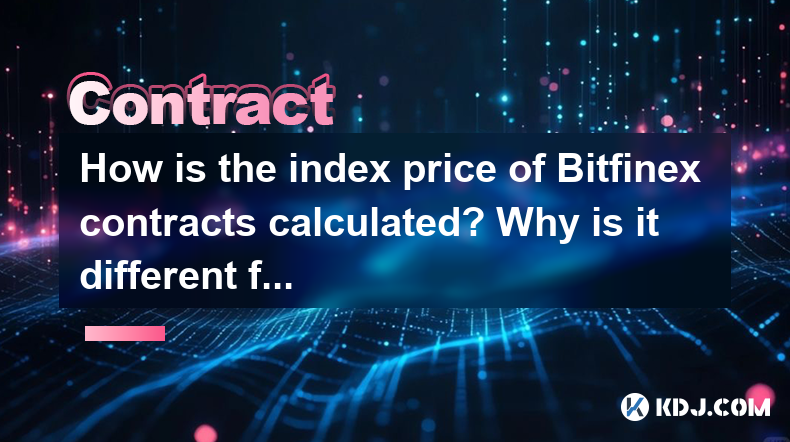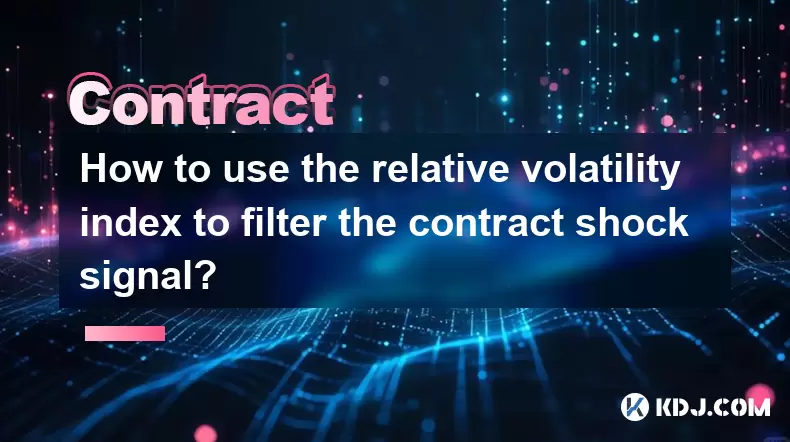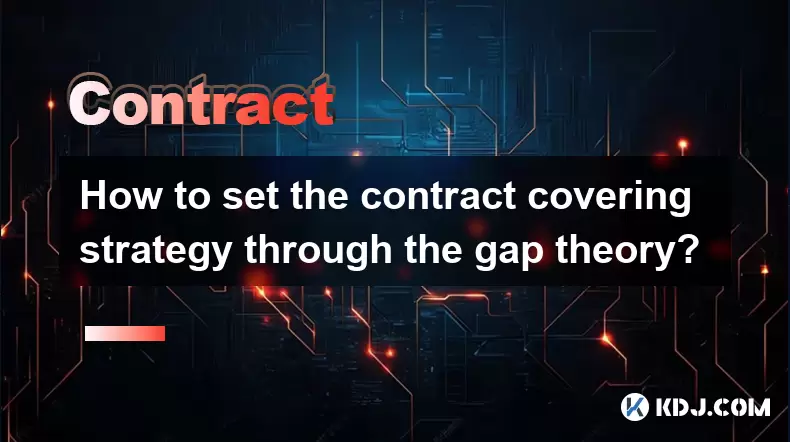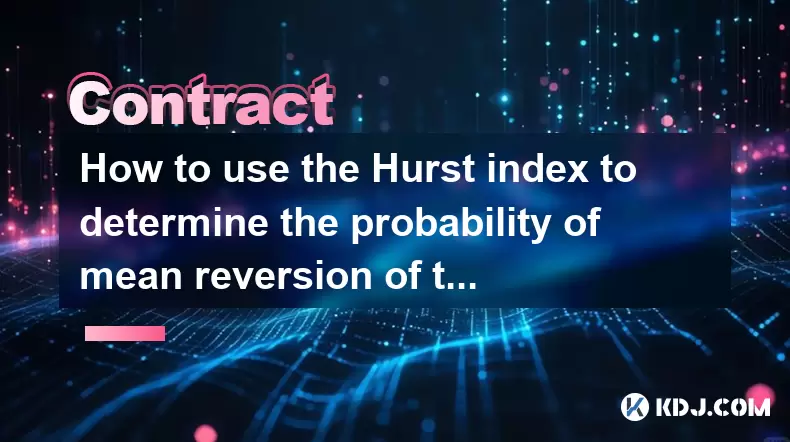-
 Bitcoin
Bitcoin $106,754.6083
1.33% -
 Ethereum
Ethereum $2,625.8249
3.80% -
 Tether USDt
Tether USDt $1.0001
-0.03% -
 XRP
XRP $2.1891
1.67% -
 BNB
BNB $654.5220
0.66% -
 Solana
Solana $156.9428
7.28% -
 USDC
USDC $0.9998
0.00% -
 Dogecoin
Dogecoin $0.1780
1.14% -
 TRON
TRON $0.2706
-0.16% -
 Cardano
Cardano $0.6470
2.77% -
 Hyperliquid
Hyperliquid $44.6467
10.24% -
 Sui
Sui $3.1128
3.86% -
 Bitcoin Cash
Bitcoin Cash $455.7646
3.00% -
 Chainlink
Chainlink $13.6858
4.08% -
 UNUS SED LEO
UNUS SED LEO $9.2682
0.21% -
 Avalanche
Avalanche $19.7433
3.79% -
 Stellar
Stellar $0.2616
1.64% -
 Toncoin
Toncoin $3.0222
2.19% -
 Shiba Inu
Shiba Inu $0.0...01220
1.49% -
 Hedera
Hedera $0.1580
2.75% -
 Litecoin
Litecoin $87.4964
2.29% -
 Polkadot
Polkadot $3.8958
3.05% -
 Ethena USDe
Ethena USDe $1.0000
-0.04% -
 Monero
Monero $317.2263
0.26% -
 Bitget Token
Bitget Token $4.5985
1.68% -
 Dai
Dai $0.9999
0.00% -
 Pepe
Pepe $0.0...01140
2.44% -
 Uniswap
Uniswap $7.6065
5.29% -
 Pi
Pi $0.6042
-2.00% -
 Aave
Aave $289.6343
6.02%
How is the index price of Bitfinex contracts calculated? Why is it different from the spot price?
The Bitfinex index price, calculated from multiple exchanges, serves as a fair benchmark for futures and perpetual contracts, mitigating manipulation risks.
May 01, 2025 at 08:28 pm

The index price of Bitfinex contracts is a critical component in the derivatives market, serving as a benchmark for futures and perpetual contracts. Understanding how this index price is calculated and why it differs from the spot price is essential for traders and investors who engage with Bitfinex's offerings.
What is the Index Price of Bitfinex Contracts?
The index price of Bitfinex contracts is designed to provide a fair and accurate representation of the underlying asset's value. This price is calculated using a composite of multiple exchange prices, rather than relying on a single exchange's data. This methodology aims to mitigate the risk of price manipulation and provide a more stable and reliable benchmark for trading.
How is the Index Price Calculated?
The calculation of the Bitfinex index price involves aggregating data from several reputable cryptocurrency exchanges. The specific exchanges used in the calculation may include, but are not limited to, Bitfinex, Binance, and Kraken. The process involves the following steps:
- Data Collection: Prices from each exchange are collected at regular intervals, typically every few seconds.
- Outlier Removal: To ensure the integrity of the index, any extreme outliers that could skew the average are removed.
- Weighted Average: The remaining prices are then averaged, often using a weighted approach where larger and more liquid exchanges may have a higher influence on the final index price.
This method ensures that the index price reflects a broad market consensus rather than the price on a single exchange, which can be subject to manipulation or liquidity issues.
Why is the Index Price Different from the Spot Price?
The index price and the spot price can differ for several reasons. The spot price is the current market price at which an asset can be bought or sold for immediate delivery. In contrast, the index price is a calculated average from multiple sources. Here are the key reasons for the difference:
- Market Manipulation: A single exchange's spot price can be manipulated by large trades or other market activities. The index price, being an average of multiple exchanges, is less susceptible to such manipulation.
- Liquidity Differences: Different exchanges may have varying levels of liquidity, which can affect the spot price. The index price smooths out these differences by considering data from multiple sources.
- Time Lag: There can be a slight delay between the collection of data from different exchanges, leading to a difference between the real-time spot price and the index price.
How Does the Index Price Impact Trading on Bitfinex?
The index price plays a crucial role in the trading of futures and perpetual contracts on Bitfinex. It serves as the reference price for these contracts, affecting how they are settled and how funding rates are calculated. Here's how it impacts trading:
- Settlement: Futures contracts are settled based on the index price at the time of expiration, ensuring that the settlement reflects a fair market value.
- Funding Rates: For perpetual contracts, the funding rate is calculated based on the difference between the perpetual contract's price and the index price. This mechanism helps to keep the perpetual contract's price aligned with the underlying asset's value.
Practical Example of Index Price Calculation
To illustrate how the index price is calculated, consider the following hypothetical scenario:
- Exchange A reports a Bitcoin price of $30,000.
- Exchange B reports a Bitcoin price of $30,100.
- Exchange C reports a Bitcoin price of $30,200.
If these are the only three exchanges considered, and they are equally weighted, the index price would be calculated as follows:
- Average Price: ($30,000 + $30,100 + $30,200) / 3 = $30,100.
However, if Exchange A has a higher weight due to its larger trading volume, the calculation might look like this:
- Weighted Average: (0.5 $30,000) + (0.3 $30,100) + (0.2 * $30,200) = $30,070.
This example demonstrates how the index price can differ from the spot price on any single exchange and how weighting can affect the final calculation.
How to Access the Index Price on Bitfinex
Accessing the index price on Bitfinex is straightforward. Here are the steps to view the index price for a specific contract:
- Log into your Bitfinex account.
- Navigate to the trading section and select the futures or perpetual contract you are interested in.
- Look for the 'Index Price' displayed alongside the contract's current market price. This index price is the benchmark used for settlement and funding calculations.
Frequently Asked Questions
Q: Can the index price be manipulated?
A: While the index price is designed to be resistant to manipulation by using data from multiple exchanges, it is not entirely immune. However, the risk of manipulation is significantly lower compared to a single exchange's spot price.
Q: How often is the index price updated?
A: The index price is typically updated every few seconds, reflecting the latest data collected from the contributing exchanges.
Q: Does Bitfinex use the same index price for all its contracts?
A: Bitfinex may use different index prices for different contracts, depending on the underlying asset and the specific exchanges used in the calculation. It's important to check the specific index used for each contract you are trading.
Q: Can I trade directly on the index price?
A: No, you cannot trade directly on the index price. The index price is used as a reference for settling futures and perpetual contracts, but actual trading occurs at the market price of the contract.
Disclaimer:info@kdj.com
The information provided is not trading advice. kdj.com does not assume any responsibility for any investments made based on the information provided in this article. Cryptocurrencies are highly volatile and it is highly recommended that you invest with caution after thorough research!
If you believe that the content used on this website infringes your copyright, please contact us immediately (info@kdj.com) and we will delete it promptly.
- Ruvi AI: The Audited Token Challenging Avalanche Forecasts
- 2025-06-20 06:25:12
- Lion Group, Crypto Treasury, and HYPE Token: A New Era in Digital Finance?
- 2025-06-20 06:25:12
- Kraken's Bitcoin Staking Revolution: Unlocking BTCFi Utility with Babylon
- 2025-06-20 06:30:12
- Arctic Pablo's Presale Milestone: The Meme Coin That's More Than a Meme
- 2025-06-20 06:45:12
- Arctic Pablo: The Meme Coin Presale Redefining Crypto Hype
- 2025-06-20 06:45:12
- Bitcoin's Brave New World: Beyond Halving Cycles and Into a Super Cycle?
- 2025-06-20 06:50:12
Related knowledge

How to determine the expected volatility of the contract through the volatility cone?
Jun 19,2025 at 12:28pm
Understanding the Basics of Volatility in Cryptocurrency ContractsIn the realm of cryptocurrency trading, volatility is a key metric that traders use to assess potential risk and reward. When dealing with futures contracts, understanding how volatile an asset might become over time is crucial for position sizing, risk management, and strategy developmen...

How to use the volume swing indicator to predict the contract volume-price divergence?
Jun 18,2025 at 11:42pm
Understanding the Volume Swing IndicatorThe volume swing indicator is a technical analysis tool used primarily in cryptocurrency trading to evaluate changes in volume over time. Unlike price-based indicators, this metric focuses solely on trading volume, which can provide early signals about potential market reversals or continuations. The key idea behi...

How to use the Gaussian channel to set the contract trend tracking stop loss?
Jun 18,2025 at 09:21pm
Understanding the Gaussian Channel in Cryptocurrency TradingThe Gaussian channel is a technical indicator used primarily in financial markets, including cryptocurrency trading, to identify trends and potential reversal points. It is based on statistical principles derived from the normal distribution, commonly known as the Gaussian distribution or bell ...

How to use the relative volatility index to filter the contract shock signal?
Jun 18,2025 at 08:56pm
Understanding the Relative Volatility Index (RVI)The Relative Volatility Index (RVI) is a technical indicator that helps traders assess the volatility of an asset in relation to its recent price movements. Unlike traditional indicators like Bollinger Bands or Average True Range, RVI focuses on the deviation of prices from their mean over a specific peri...

How to set the contract covering strategy through the gap theory?
Jun 20,2025 at 12:49am
Understanding the Gap Theory in Cryptocurrency TradingThe gap theory is a widely used concept in technical analysis, particularly relevant to cryptocurrency markets due to their high volatility and 24/7 trading nature. A gap occurs when the price of an asset opens significantly higher or lower than the previous closing price, with no trading activity ta...

How to use the Hurst index to determine the probability of mean reversion of the contract?
Jun 18,2025 at 11:07pm
Understanding the Hurst Index in Cryptocurrency TradingThe Hurst index, also known as the Hurst exponent, is a statistical tool used to determine the long-term memory of time series data. In the context of cryptocurrency contracts, it helps traders assess whether the price movement exhibits trends, randomness, or mean reversion. This becomes crucial whe...

How to determine the expected volatility of the contract through the volatility cone?
Jun 19,2025 at 12:28pm
Understanding the Basics of Volatility in Cryptocurrency ContractsIn the realm of cryptocurrency trading, volatility is a key metric that traders use to assess potential risk and reward. When dealing with futures contracts, understanding how volatile an asset might become over time is crucial for position sizing, risk management, and strategy developmen...

How to use the volume swing indicator to predict the contract volume-price divergence?
Jun 18,2025 at 11:42pm
Understanding the Volume Swing IndicatorThe volume swing indicator is a technical analysis tool used primarily in cryptocurrency trading to evaluate changes in volume over time. Unlike price-based indicators, this metric focuses solely on trading volume, which can provide early signals about potential market reversals or continuations. The key idea behi...

How to use the Gaussian channel to set the contract trend tracking stop loss?
Jun 18,2025 at 09:21pm
Understanding the Gaussian Channel in Cryptocurrency TradingThe Gaussian channel is a technical indicator used primarily in financial markets, including cryptocurrency trading, to identify trends and potential reversal points. It is based on statistical principles derived from the normal distribution, commonly known as the Gaussian distribution or bell ...

How to use the relative volatility index to filter the contract shock signal?
Jun 18,2025 at 08:56pm
Understanding the Relative Volatility Index (RVI)The Relative Volatility Index (RVI) is a technical indicator that helps traders assess the volatility of an asset in relation to its recent price movements. Unlike traditional indicators like Bollinger Bands or Average True Range, RVI focuses on the deviation of prices from their mean over a specific peri...

How to set the contract covering strategy through the gap theory?
Jun 20,2025 at 12:49am
Understanding the Gap Theory in Cryptocurrency TradingThe gap theory is a widely used concept in technical analysis, particularly relevant to cryptocurrency markets due to their high volatility and 24/7 trading nature. A gap occurs when the price of an asset opens significantly higher or lower than the previous closing price, with no trading activity ta...

How to use the Hurst index to determine the probability of mean reversion of the contract?
Jun 18,2025 at 11:07pm
Understanding the Hurst Index in Cryptocurrency TradingThe Hurst index, also known as the Hurst exponent, is a statistical tool used to determine the long-term memory of time series data. In the context of cryptocurrency contracts, it helps traders assess whether the price movement exhibits trends, randomness, or mean reversion. This becomes crucial whe...
See all articles

























































































